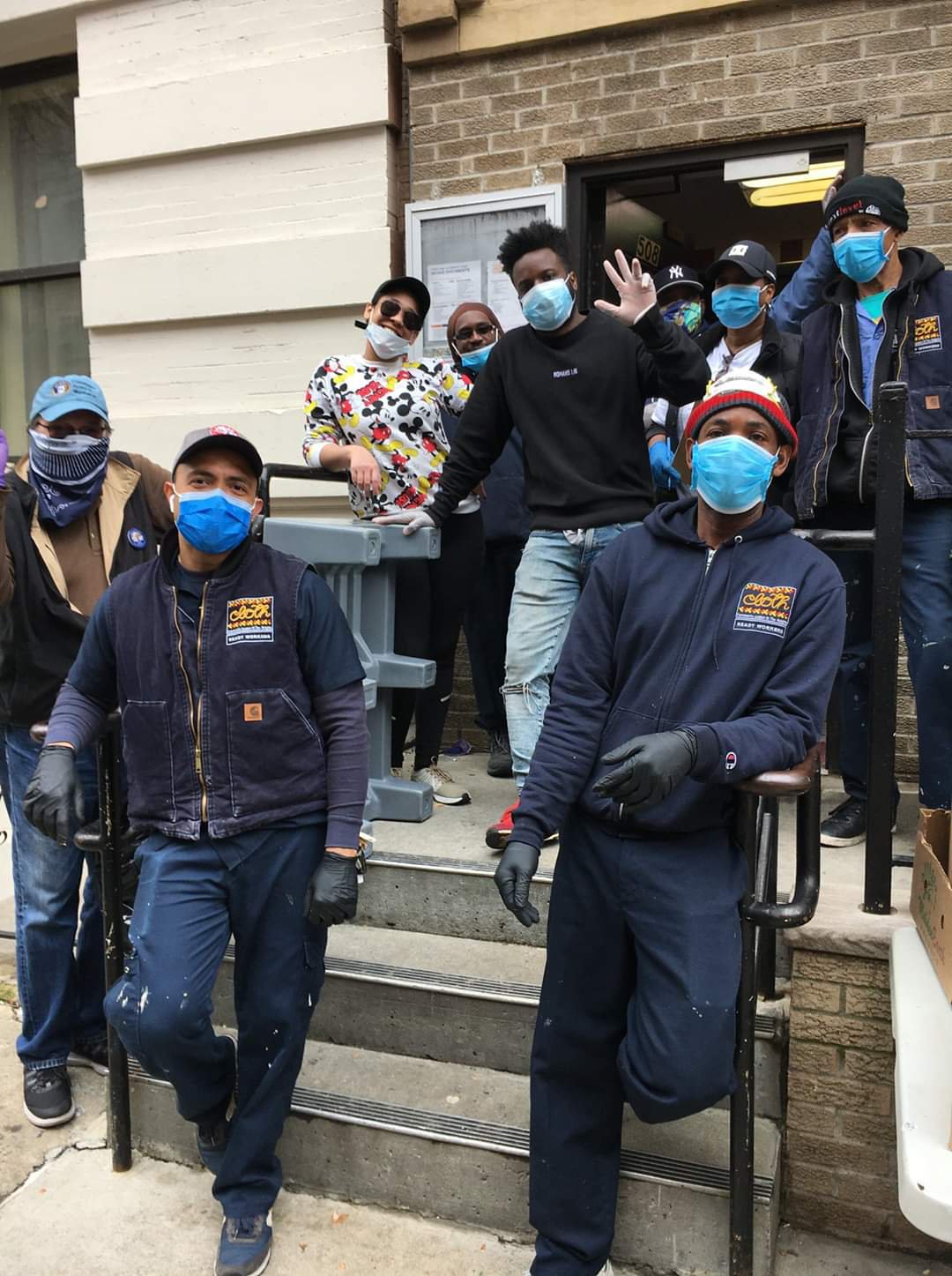Community League of the Heights helps Brooklyn students engage through distant learning

Photos courtesy of CLOTH
Following school shutdowns, thousands of students from all over the city, including Brooklyn, are engaged with remote learning and tutoring provided to them by Washington Heights non-profit organization Community League of the Heights (CLOTH).
CLOTH, which was founded in 1952, is a multi-service, community development organization dedicated to supporting and empowering economically disadvantaged residents.
More than 700 students daily from Brooklyn, Washington Heights and the Bronx are currently receiving remote learning and tutoring at the school